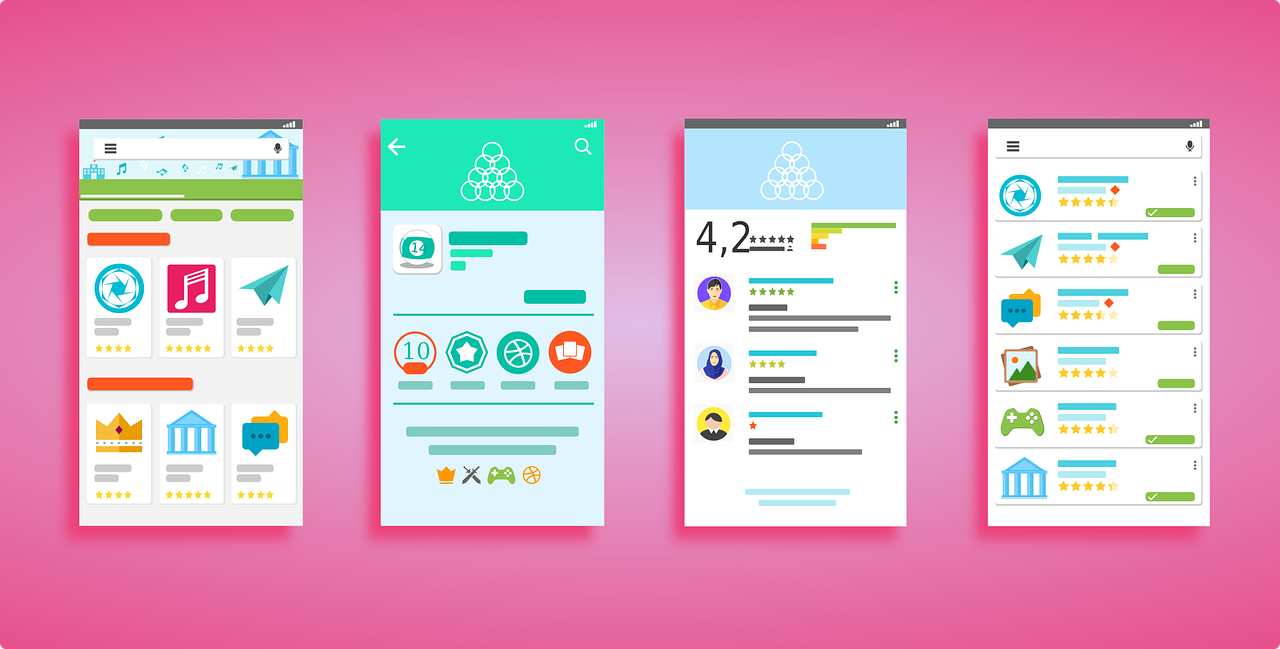How UserIQ helps businesses reduce customer churn and recapture valuable customers
If customer churn is an unfamiliar phrase to you and you operate your own business, it may be time to learn more about it. By understanding what it is and how it affects your business, you’ll be better prepared to identify the reasons behind its occurrence. This overview can help you gain a fresh perspective on how to improve your company’s growth.
What is a Churn Rate?
If you haven’t already guessed, customer churn isn’t a good thing. In fact, the churn rate is the rate at which your business is losing customers, or subscribers. This rate is more easily measured, where consumers subscribe to a service, rather than buy a product. A drop-in service subscriptions can be measured more efficiently, because the canceling of a subscription is immediately identifiable. By looking at the number of cancellations within a given period, it becomes easier to establish a churn rate.
The customer churn rate is an important concern in the cell phone and internet service industries, because a high churn rate suggests customers are moving service to a competitor. While the churn rate is established only by identifying how many customers terminate service with one company, it’s presumed they are moving their service to another company.
As you might surmise, being able to prevent, or reduce, the customer churn rate means keeping competitors from gaining those customers. For this reason, companies like UserIQ have devoted a great deal of research into the possibility of stopping this type of revolving door.
Ways to Eliminate Customer Churn
Talk to Your Customers
You should try to find out why customers are terminating their service. While you may not be able to stop that specific customer from leaving, the information you gather can be used to prevent other customers from following. The best way is to speak directly with customers, as they decide to leave your company. A simple telephone call can be enough to help you identify the motives behind the customer’s decision to leave.
Increase Engagement
Your customers will be less likely to flee to a competitor, when they feel they’re regularly getting something extra from your company. The best way to make them feel valued is to engage with them every day and provide useful information about your product. Show them how your products improve work productivity or make their lives easier. Additionally, send out a newsletter that informs your customers about updates, special events, and sales.
Educate Your Customers
Again, offering something valuable for free is the key to keeping your customers dependent upon your company. Post tutorials on your website that will teach useful skills to your customers or offer free webinars. If your customers regularly learn about topics that will benefit them in their lives, they’ll be more loyal. You can also host free demonstrations, so your customers will see those lessons in practice. This process of teaching and demonstrating will turn your business into an invaluable tool.
Reach Out to “At Risk” Customers
These are the customers, who are more reserved and quieter than others. They may not voice their concerns, but it can be a mistake to just assume they are happy. Instead, you should follow up with these customers and learn about their experiences with your products, or services. If they are unhappy and in danger of terminating service, this will be the opportunity to find out about it. In many cases, customers simply want to know their business is important to you. By making a simple inquiry and addressing concerns, you can turn an “at risk” customer into a loyal one.
Boost Customer Service Satisfaction
Recent surveys have found that there are two primary reasons customers discontinue service with a company and both have to do with their interactions with the company’s customer service representatives. Rude, or incompetent, representatives push customers out of the door faster than anything else, but slow results from representatives are equally frustrating. When you focus on creating a more positive customer service experience, you eliminate the primary reasons customers have for taking their business elsewhere.
Making use of an analytical service, such as that which UserIQ provides, can help you identify the reasons for a high churn rate. Once you have a more specific idea of why you’re losing customers, you can implement corrective procedures. By using this information to prevent further losses, you may also create a business model more attractive to other consumers. Working to eliminate churn can also help you grow your customer base.

